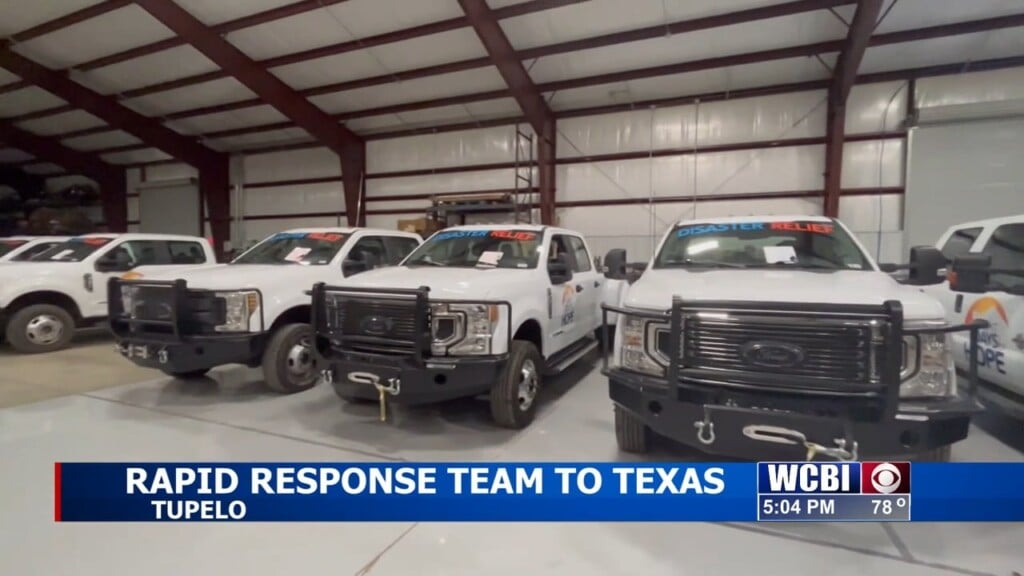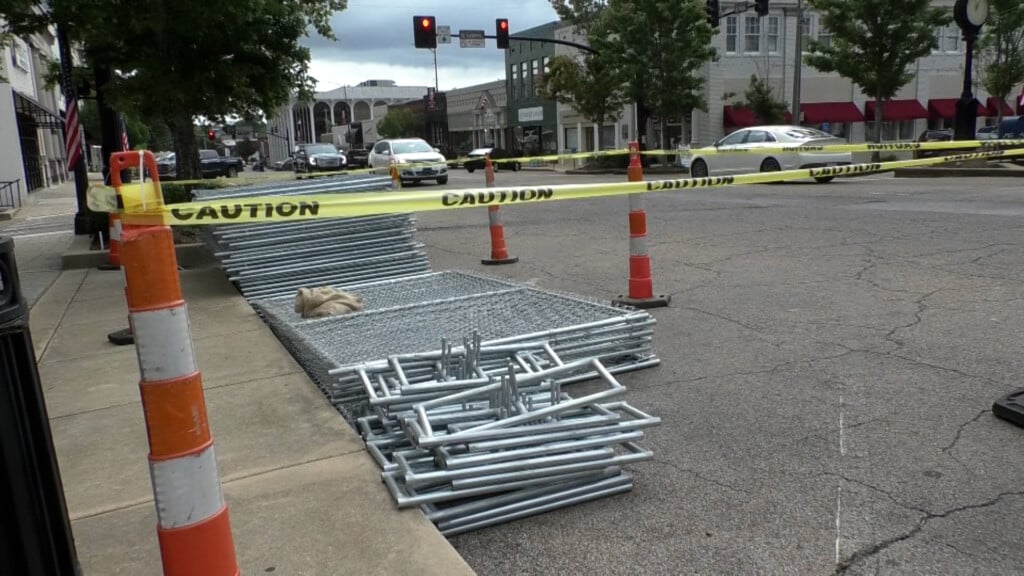School District Pre-K Programs And Impacts
LOWNDES COUNTY, Miss. (WCBI) – The 2018 Mississippi Kids Count survey shows there are over 35,000 three and four-year olds across the state who are not in school or some type of child care center.
That’s why many school districts across the state now have pre-K programs to help fill the educational needs for children in that group.
The Lowndes County School District started its pre-K program a few years ago, and says it’s continuing to expand, but the growth of these programs is having an impact on child care centers across the state.
When you sit in on this class at West Lowndes Elementary, you might think you’re in the Kindergarten class.
But this is pre-K, filled with 4-year olds, learning and knowing how to already write their names.
Lowndes County School District Assistant Superintendent Dr. Susan Johnson believes the sooner children can get that real school feel, the better off they’ll be down the road.
“We are looking at their social development, their academics, just all areas of development that we look at, and it helps them perform better in school, you know, when they get older, and we’ve seen the effects of that already.”
The district’s pre-K program started expanding last year with the addition of more students in the Title I program.
“The tuition based program that we have in the Lowndes County School District, I believe is a little cheaper than the regular daycare and, of course, The Title I program is free for those students and, of course, it does cost the Title I Funding source, that’s how it’s funded.”
Child and Parent Development Center Director at MUW, Penny Mansell believes a lot of parents choose public pre-K because it is cheaper.
But she says there’s still a need for pre-K classes at daycares.
“You’ve still got families who may not can do a public school type schedule. If they’re only open 180 days of the year and we are open 250, that’s a big difference, so there’s a need and there’s a definite place for both. We’ve just got to make sure we’re all in the conversation together about it.”
Mansell thinks it’s great that public pre-K classrooms are growing, but says when there’s growth, there’s loss somewhere else.
“It makes a huge difference for us, because you have one teacher per sixteen children, whereas in a infant class, you may have one teacher per five kids, so in a class and an older pre-K class, it’s really where you’re making your income, because you can’t afford, you know, three teachers to one child at the same age.”
But concerns are growing among daycare directors across the state.
“They love the idea and the concept of serving kids and more kids getting early childhood experiences. That’s wonderful, but what does it really do to the centers? Are all of these centers going to be able to stay open, when they don’t have these higher ratio classes to financially support what they’re doing?





Leave a Reply